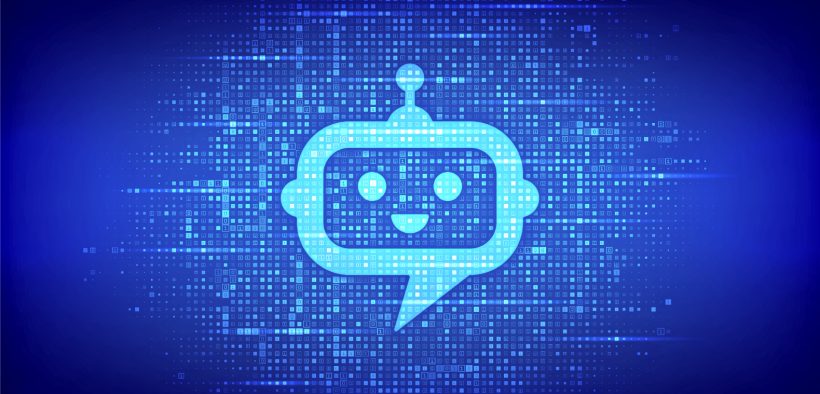The recent emergence of ChatGPT has hit higher education like a lightning bolt, leaving many educators trying to process its implications. ChatGPT is a free website that allows users to type in questions and get a remarkably well-written response that looks like a college essay. These can be either research topics or creative writing; it will even write a poem for you on a topic you give it. Not surprisingly, students are already submitting work created by it for their assignments (Stokel-Walker, 2022).
ChatGPT or: How I Learned to Stop Worrying and Love Generative AI

Related Articles
I have two loves: teaching and learning. Although I love them for different reasons, I’ve been passionate about...
Active learning is a mostly meaningless educational buzzword. It’s a feel-good, intuitively popular term that indicates concern for...
Perhaps the earliest introduction a student has with a course is the syllabus as it’s generally the first...
Generative AI allows instructors to create interactive, self-directed review activities for their courses. The beauty of these activities...
I’ve often felt that a teacher’s life is suspended, Janus-like, between past experiences and future hopes; it’s only...
I teach first-year writing at a small liberal arts college, and on the first day of class, I...
Proponents of rubrics champion them as a means of ensuring consistency in grading, not only between students within...







